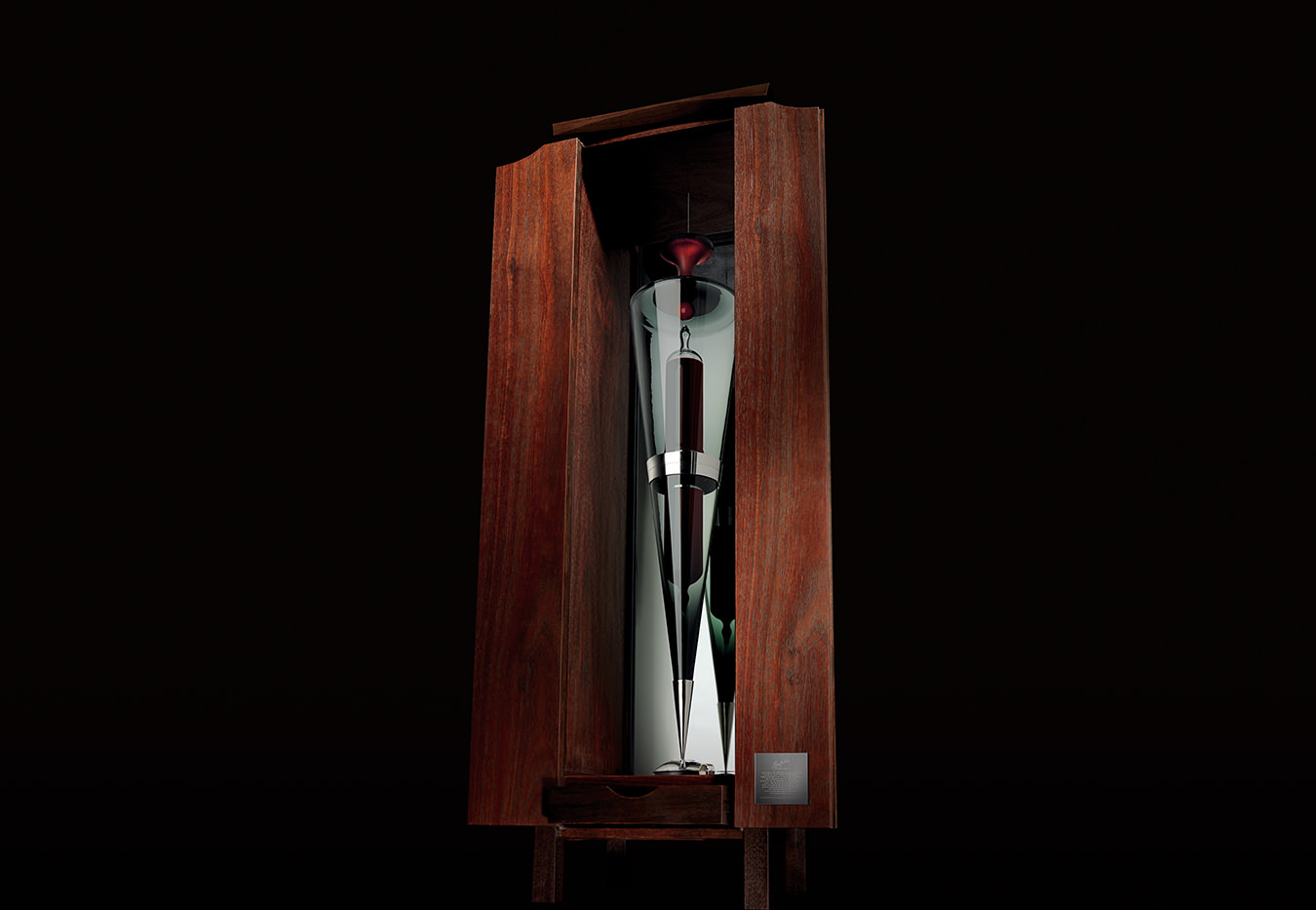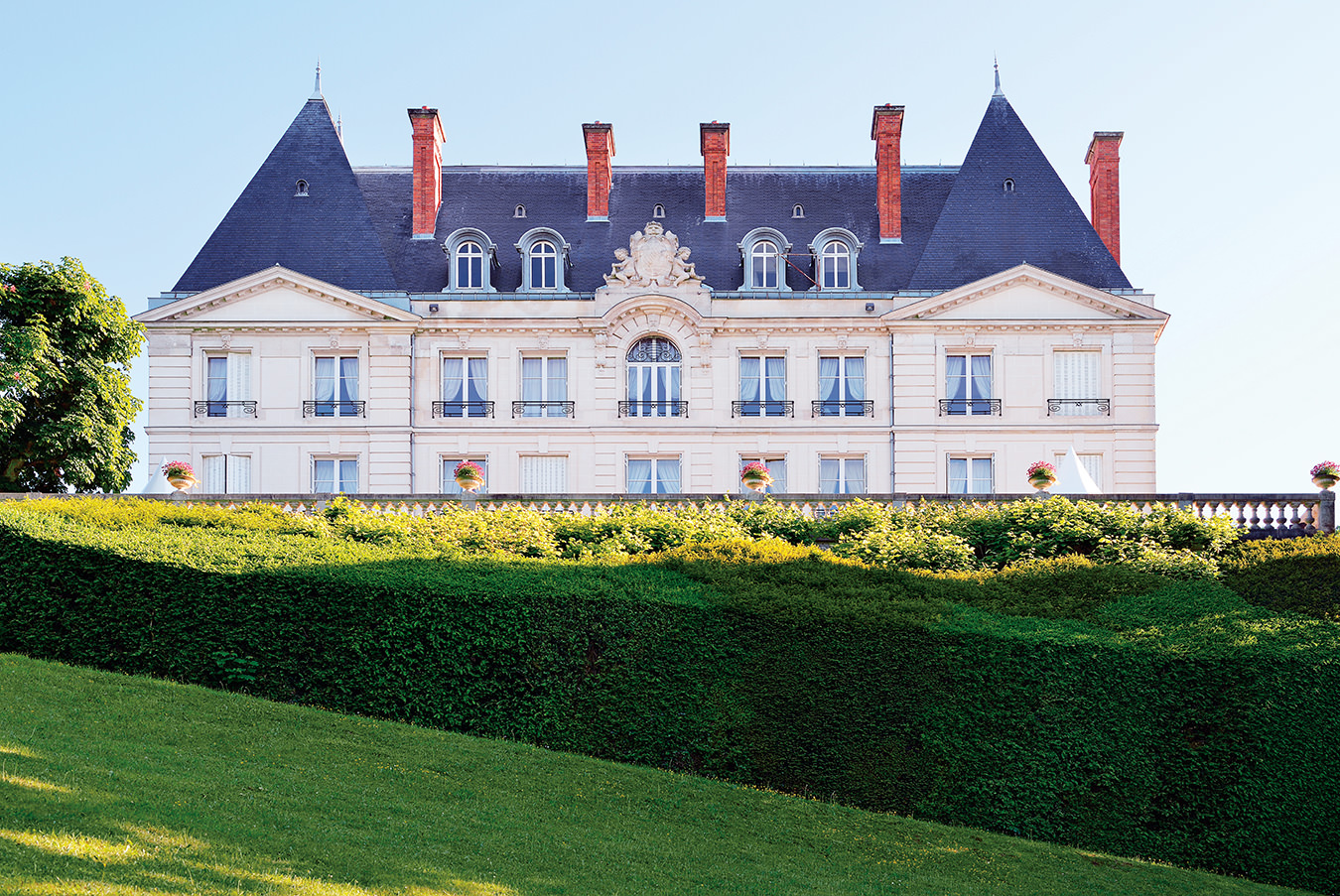Bodega Garzón Paves the Way for Uruguay’s Emerging Wine Industry
How to create a wine region.

When it comes to establishing a wine region on the world stage, many factors come into play. To create wines and experiences that capture the palates and minds of casual drinkers and oenophiles alike, the stars of the region’s financial, historical, demographic, and geographic realities must align. Unlike established Old World regions such as Burgundy, Tuscany, and Rioja, along with New World power players like Napa and Mendoza, outfits in emerging wine regions don’t have the luxury of resting on their laurels and, more often than not, pocketbooks. It is only infrequently that an inspired mind comes along to put an emerging region on the map with a winery that can beat a path for others to follow. In Uruguay—a tiny country where a love of red meat puts land at a premium—that winery is Bodega Garzón, whose impressive wines and superlative visitor experience are setting the trend for neighbouring projects to emulate.
Alejandro Bulgheroni, the Argentinian oil baron who owns Bodega Garzón as well as numerous other wineries around the world, didn’t know he had struck pay dirt when he first started buying land in Uruguay’s rural Maldonado department in 2000. Originally, he had it earmarked for a high-margin, large-scale agricultural business, including olive farming. Later, buoyed by Uruguay’s turn toward clean energy (according to some accounts, 98 per cent of its electricity comes from renewable sources), he decided to use the property for wind-farming, a lucrative industry in a region buffeted by winds off the nearby Atlantic Ocean. But his wife, Bettina, had something else in mind. She had grown fond of the pristine quiet and picturesque views of the part of the roughly 2,200-hectare estate where the winery now lies and implored her husband to use it for an industry that wouldn’t interrupt it.
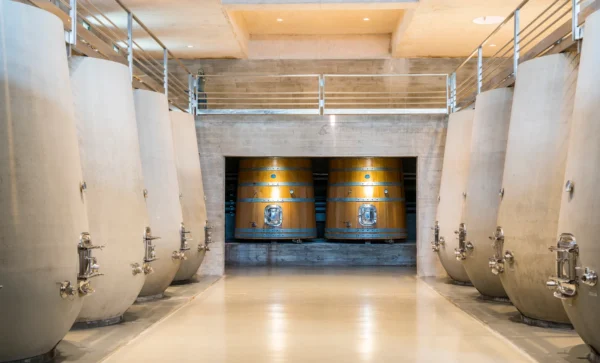
And so in 2007, Bulgheroni called Alberto Antonini, the legendary Italian winemaking consultant who helped establish wineries in places outside of his native Italy, including Canada, Argentina, South Africa, and Australia. When he started studying the soil, he knew there was a good chance that Bulgheroni’s land was better suited to wine than windmills, and so the pair began assembling a star-studded cast of industry leaders to spearhead the new project. Among the first hires when the winery got off the ground in 2009 was Germán Bruzzone, a local talent who has since become a bona fide celebrity on the Uruguayan wine scene. In 2016, when Bodega Garzón’s LEED-certified winery was unveiled to the world, the legendary Argentinian chef Francis Mallmann was brought on as the culinary director of its restaurant.

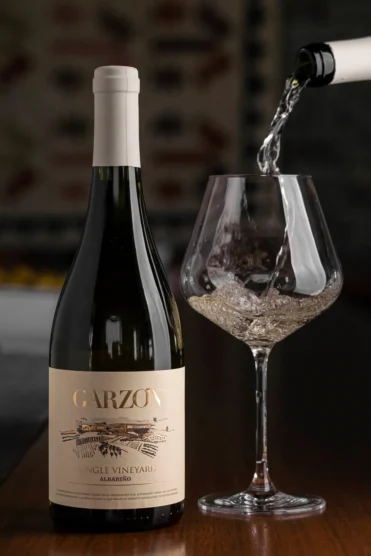
For Bruzzone, a third-generation winemaker whose ancestors hail from the Liguria region of Italy, there is “before and after” Bodega Garzón in terms of Uruguay’s winemaking tradition, which began in earnest in the mid-1800s, when Spanish, Italian, and Basque immigrants arrived in the country en masse. Before, the industry was centred around the country’s capital, Montevideo, and consisted primarily of small, family-owned estates whose wines rarely made it out of the country. After, there is full-fledged name recognition of the country in wine bars and liquor stores globally thanks to enterprising winemakers working roughly 150 kilometres east of Montevideo. “Garzón makes the difference because it really started to invest in the east, southeast of Uruguay,” Bruzzone says. “Before Garzón, there were maybe two or three vineyards in the east. But Garzón seriously started to develop the east of Uruguay with a lot of commitment.”
While much of the success in the vineyard can be attributed to Antonini, Bruzzone, and their crack team of vineyard managers and winemakers, one look onto the vineyards from the patio of the winery facility reveals another truth: the land in eastern Uruguay is pitch-perfect for growing grapes. “The terroir is something unique,” Bruzzone says. “It’s unique for Uruguay, but I think it’s unique for the world.” The rolling hills made up of granite soils provide excellent drainage, causing the vines to reach deeper for nutrients, resulting in lower yields of more concentrated juice. The cooling breezes coming off the Atlantic Ocean mitigate disease pressure in the region, an important climatic event given that the estate sees well over 1,000 millimetres of mildew- and botrytis-promoting rainfall per year, not far off famously rainy Vancouver.
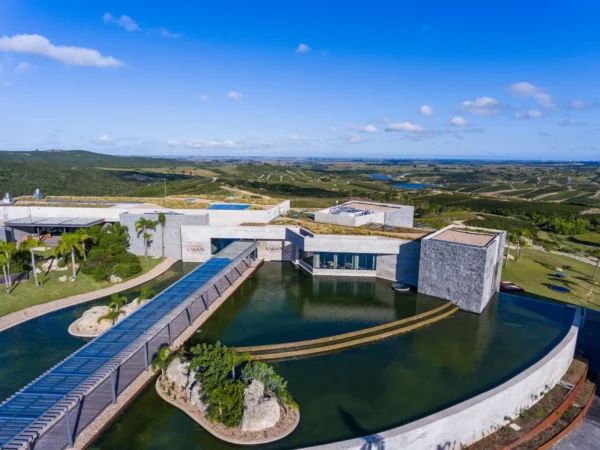
Unlike most New World regions, where large, easy-to-manage vineyards reign, Bodega Garzón’s 250 hectares of vineyard are a patchwork quilt of roughly 1,500 individual parcels, the aspect, exposure, and soil of each one allowing for hyperlocal experiments with any of the 10-plus grape varieties planted there. The clement climate allows for a wide range of grapes to be grown, and Bodega Garzón’s array—which includes heavy hitters such as albariño, pinot noir, pinot gris, merlot, and sauvignon blanc—is sure to appeal to almost any palate. However, from the entry-level reserva tier to the extremely limited petit clos collection, it is tannat that maintains pride of place in Bodega Garzón’s portfolio. Indigenous to southwestern France, tannat was popularized by Basque immigrants in the 1870s, whereafter it became the country’s signature grape.
Bodega Garzón produces an incredible amount of its fruity, fun, entry-level reserva tannat, a wine on which it has made its name around the world, but it honours Uruguay’s winemaking history best by using the grape in its high-end varietal bottlings and blends. Of the former, the 2022 Petit Clos Tannat shows off the structured tannic backbone that tannat is both famous for and potentially named after, and is laced with a moody amalgam of cherry, Seville orange, and tobacco flavours.

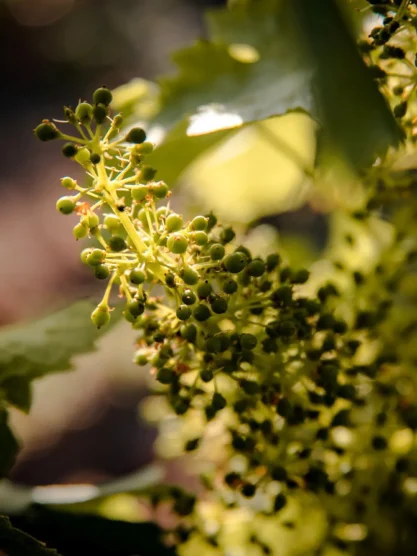
Balasto, Bodega Garzón’s icon wine named after the ballast granite soils of the estate, blends tannat with cabernet franc, petit verdot, marselan, and merlot in various quantities depending on the vintage. The current release from the 2020 vintage is composed of 42 per cent tannat, 39 per cent cabernet franc, and 19 per cent petit verdot and provides a round, full-bodied tasting experience from which comparisons to other icon wines can be drawn while also offering a glimpse into the soul of Uruguay’s unique wine scene.
With its long and storied winemaking history, Uruguay is no stranger to the vine. Perfect for pairing with the country’s by-and-large spectacular cuts of beef, its tannat-based wines have kept thirsty citizens hydrated and happy for many years. But it is only in the last decade and a half that the “Switzerland of South America” has arrived on the world wine stage—thanks to Bodega Garzón. With its impressive wines farmed in a stunning setting, Bodega Garzón has almost singlehandedly defined what Uruguayan wine both is today and can be in the future. Wind farms be damned.



